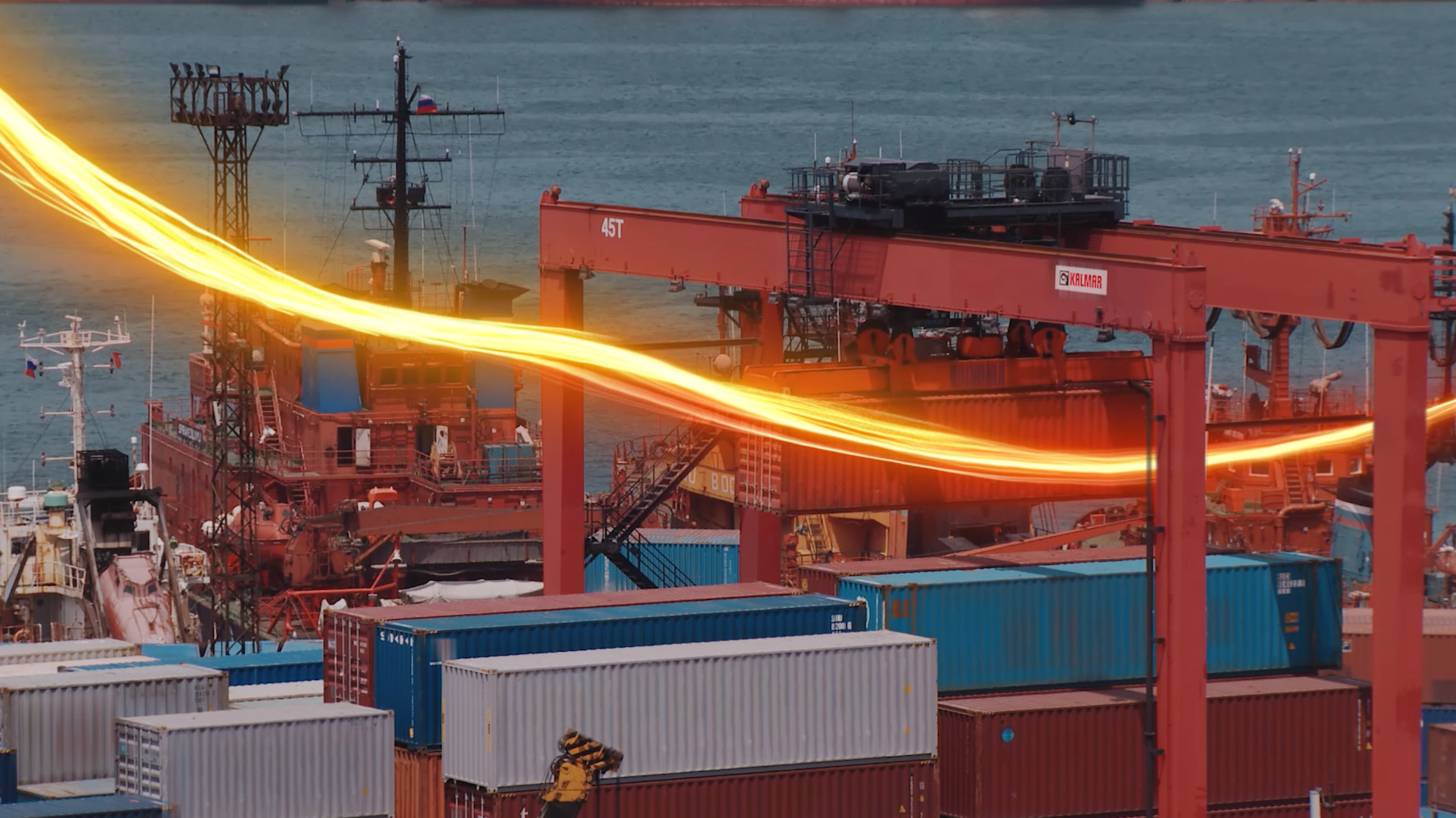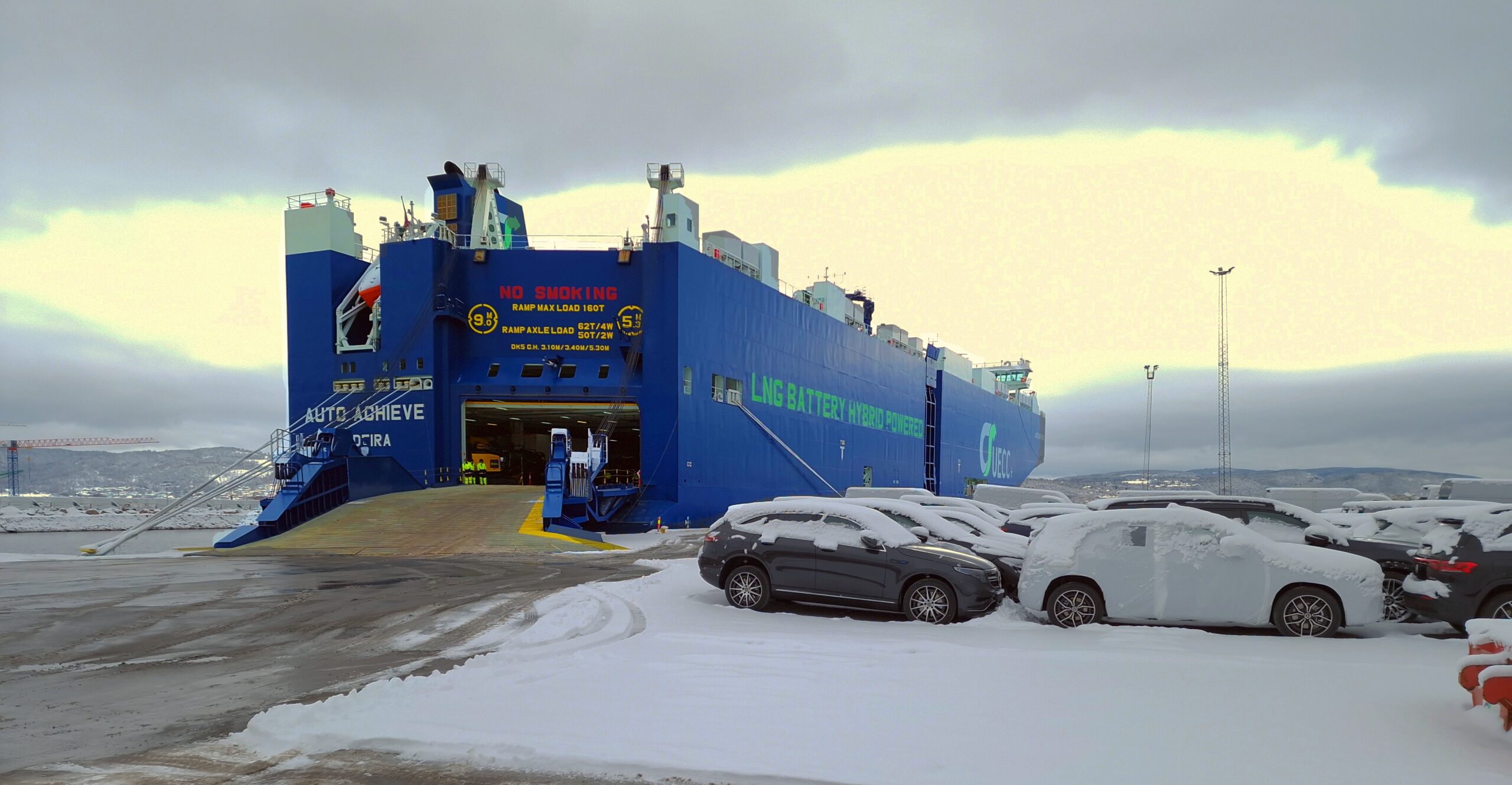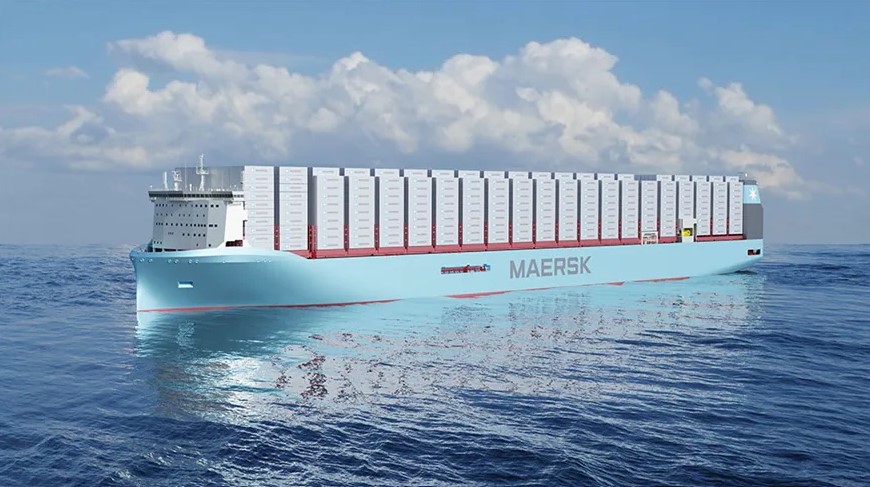The new Kalmar One system promises full container terminal automation regardless of the equipment used.
Kalmar, part of the Finland-based Cargotec Corporation, has expanded its range of automation products with the launch of Kalmar One, which it describes as “the first open automation system for container terminals”. A modular and scalable system, Kalmar One, it says, “provides a robust foundation for automating container handling operations” irrespective of the vendor, equipment type, operation mode or the existing degree of automation at the terminal.
“Kalmar One is the next step on our journey to promote openness in our industry,” says Antti Kaunonen, president of Kalmar Automation Solutions. “We want to speed up the industry transformation by offering a standardised system that allows customers to change the automation level of their operations at a pace that suits their business. One of the most important factors holding back our industry is the lack of global commercial standards for terminal automation. Our automation system brings clarity to the automation offering and enables customers to take ownership of their terminal’s automation journey.”
Kalmar One, the company explains, combines Kalmar’s various control systems and process automation capabilities into a single system employing open interfaces. This openness, it continues, is made possible thanks to the use of Kalmar Key, an ‘equipment-agnostic’ automation platform unveiled two years ago that “opens the application-independent core software components of the Kalmar terminal automation system for use by developers”. In so doing, it enables terminal operators “to extend their automation systems with any brand of equipment” while simultaneously providing them with “a holistic view of data from multiple sources”.
Building on all this, Kalmar One offers users six product families and system tools “that provide the customer with the right solution for their operating environment”, making it possible for them “to streamline their container handling operations faster, easier and more cost-efficiently”. Moreover, Kalmar One offers users five different levels of automation to suit their particular needs and business objectives.
Initially, this can start with process automation or operator-assisted moves, whereby some moves and processes are automated while the remainder are manually controlled by operators. At the other end of the spectrum, the system can enable equipment to execute all moves automatically without an operator, although the company notes that an operator will still be required to oversee operations and handle exceptions.
“We have defined and bundled common functionalities of container handling into product families that can be used to automate both Kalmar applications as well as solutions where competitor equipment is part of the solution,” says Tero Kokko, Kalmar’s chief operating officer and senior vice-president, Terminal Automation Solutions. “Because the same automation products are used to build different applications, our support will be more responsive and customers can trust that the new enhancements and features will work and are available during the whole lifetime of the application.”
In addition to Kalmar One and Kalmar Key, the company’s terminal automation portfolio also includes OneTerminal. This, it says, “provides an integrated automation solution, delivered by one team, that brings together Kalmar and Navis software systems, equipment and services for seamless deployment”. In 2017, this particular automation product was deployed at ICTSI’s Victoria International Container Terminal at the Port of Melbourne in Australia, making it, in Kalmar’s words, “the world’s first fully automated international container handling facility”.


































